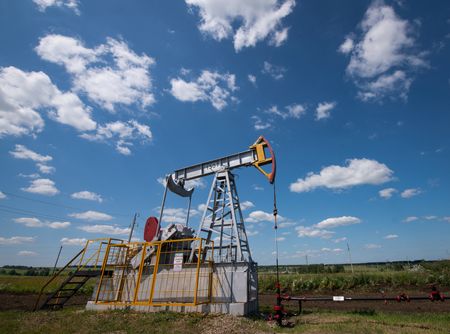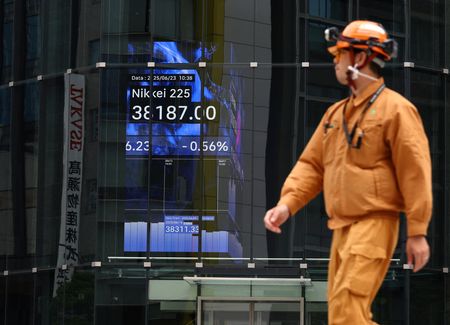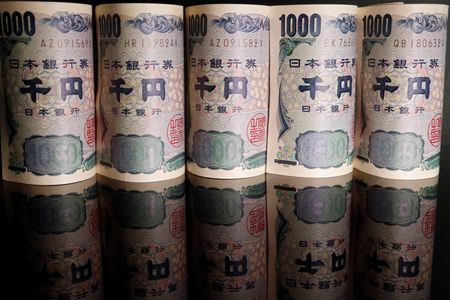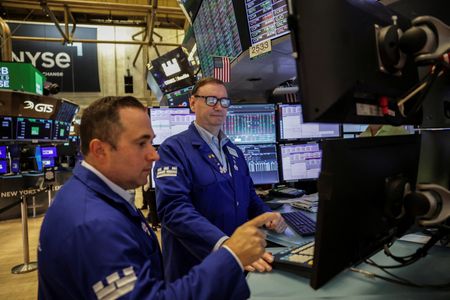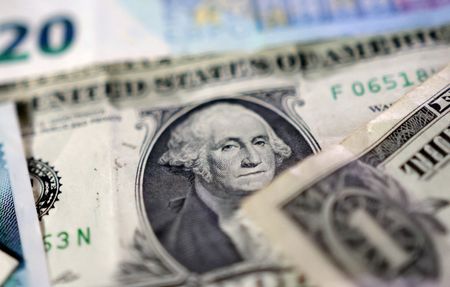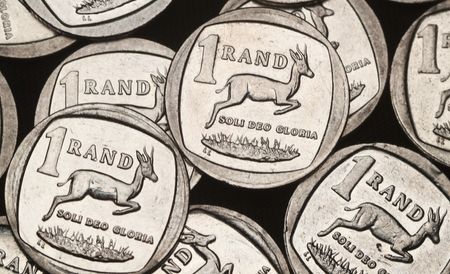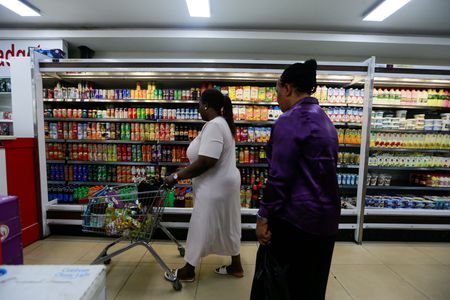By Anjana Anil and Emily Chow
SINGAPORE (Reuters) -Oil prices rose on Thursday, reversing declines in the previous three sessions, buoyed by stronger-than-expected economic data from the world’s top oil consumers and signs of easing trade tensions.
Brent crude futures rose 24 cents, or 0.35%, to $68.76 a barrel at 0457 GMT. U.S. West Texas Intermediate crude futures were up 33 cents, or 0.5%, at $66.71. Both benchmarks fell more than 0.2% in the previous session.
U.S. President Donald Trump has said letters notifying smaller countries of their U.S. tariff rates would go out soon, and said on Wednesday that he would probably put a blanket 10% or 15% tariff on smaller countries.
New agreements with Indonesia and Vietnam were announced this week.
Trump also offered renewed optimism about prospects of a deal with Beijing on illicit drugs and hinted that a trade deal with India was very close, while an agreement could possibly be reached with Europe as well.
“Trump softened tones on China and proposed lower tariff rates on smaller countries, which are seen as positive developments in the global trade outlooks,” said independent analyst Tina Teng.
“China’s better-than-expected economic data and the U.S.’s larger-than-expected oil inventory draw have both been bullish factors for oil prices.”
U.S. crude inventories fell by 3.9 million barrels to 422.2 million barrels last week, the Energy Information Administration said on Wednesday, a steeper decline than forecast for a 552,000-barrel draw, suggesting stronger refinery activity, tighter supply, and increased demand. [EIA/S]
However, larger-than-expected builds in gasoline and diesel inventories capped price gains. This raised concerns of weakening demand from summer travel, ANZ analysts said in a note on Thursday.
The latest snapshot of the U.S. economy by the central bank, released on Wednesday, showed activity picked up in recent weeks. However, the outlook was “neutral to slightly pessimistic” as businesses reported that higher import tariffs were putting upward pressure on prices.
Meanwhile, China data showed growth slowed in the second quarter, but not by as much as previously feared, in part because of front-loading to beat U.S. tariffs, easing fears over the state of the world’s largest crude importer’s economy.
Data also showed that China’s June crude oil throughput was up 8.5% from a year ago, implying stronger fuel demand.
“Support has come from the positive news pertaining to some easing of trade tensions between China and the U.S. with President Trump lifting the ban on the sale of AI chips to China along with the announcement of a trade deal with Indonesia,” said John Paisie, president of Stratas Advisors.
(Reporting by Anjana Anil in Bengaluru and Emily Chow in Singapore; Editing by Sonali Paul and Rachna Uppal)

